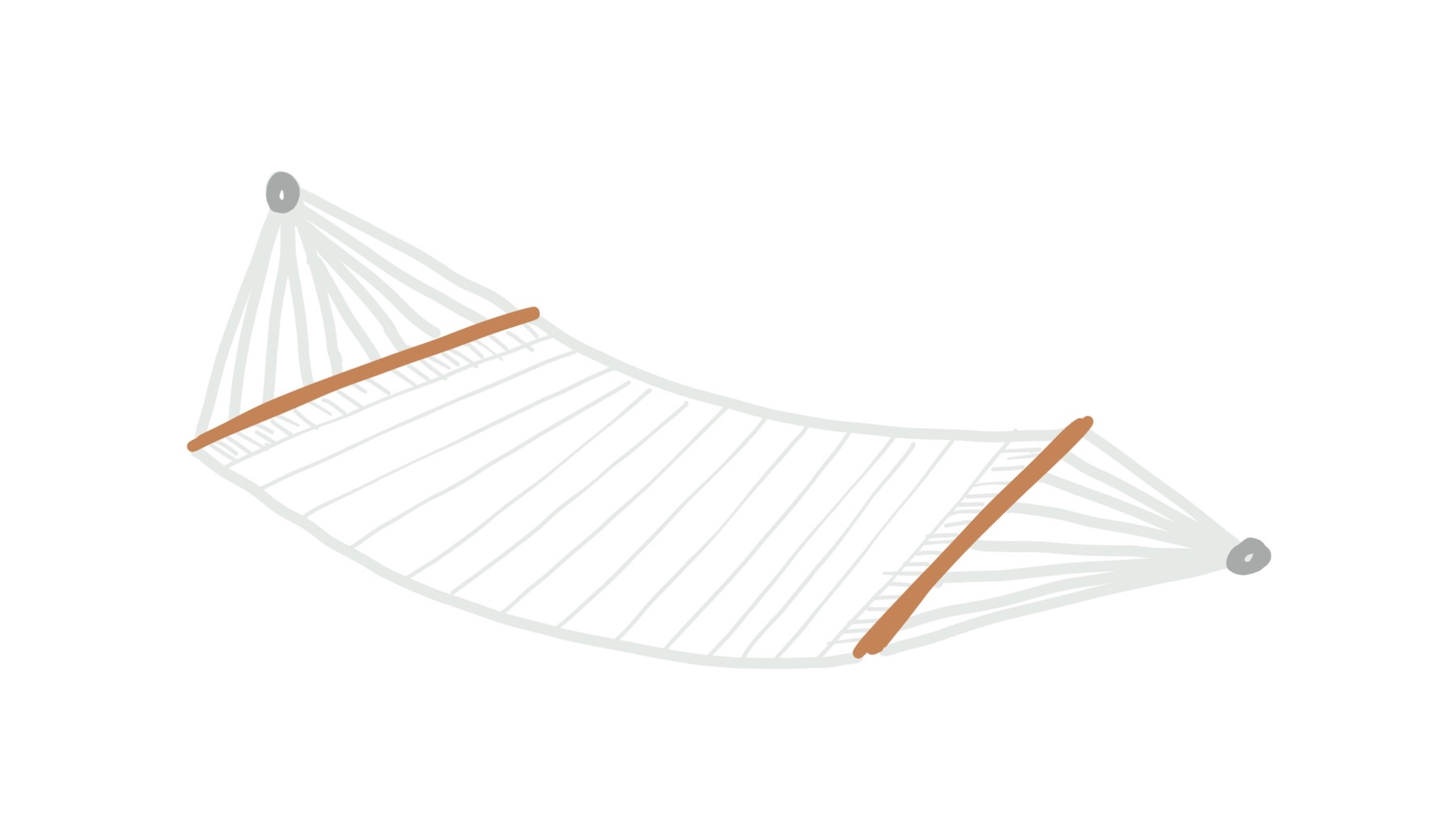Hammock-Driven Creativity
March 2, 2021 • #Here’s Rich Hickey (creator of Clojure) on the benefits of stepping away from the computer, in his talk on “hammock-driven development”:
He differentiates what the “waking” mind and “background” mind are good at, which I’d interchangeably refer to as the “at the desk” mind and the “away from the computer” mind:
- Waking mind:
- Good at critical thinking; analysis, tactics
- Prone to finding local maxima
- Can feed work to the background mind
- Background mind:
- Good at making connections
- Synthesis; strategy; abstractions and analogies
- You can only feed it, not direct it
For anyone in a critical thinking-based market, I’m sure this rings accurate. Think about how we refer to eureka moments popping into our heads — ”shower thoughts”. This idea that we can “only feed it, not direct it” does feel true. For me the most interesting ideas don’t result from me saying “okay, it’s time to think about things” and writing down the result.

When I’m working on something, it’s challenging to get “unstuck” while sitting at my desk. Some days I can get in the zone, but most of the time the zone eludes me. It’s not even the active distractions of Slacks, meetings, and email (though those are never-ending), but temptation from the no-kidding thousands of individual little shiny threads to follow.
But then when I’m out for a walk, a run, or driving somewhere, thoughts and ideas abound. And of course I’m never in a good position to take notes or jump right into writing or doing anything about them at the time. My post from last year on Downtime Thinking looked at my experience with this phenomenon. I’ve experimented with techniques for bringing these modes closer together. Too many interesting ideas are lost in the transition between waking and background brain modes.
Hammock-driven creativity helps the mind jar loose from its normal working context. Environment is a strong contributor to controlling your behavior. For myself, my “normal” work environment — sitting at my desk, keyboard and mouse in hand, multiple monitors available — is associated in my brain with dozens of activities other than creative or critical thinking. I’ve experimented lately with “morning pages” as a mechanism working on the writing habit. Start a timer and do nothing but write free-form for 25 minutes. I’m having mixed success with it much of the time, but occasional sessions lead to solid ideas, and I’ll blow past my time commitment promise.
If I can combine the intentionality of morning pages with a minor change of scenery, the forces could combine into a productive combo.
In a recent interview, Jerry Seinfeld described his writing sessions, a brilliantly simple practice:
I still have a writing session every day. It’s another thing that organizes your mind. The coffee goes here. The pad goes here. The notes go here. My writing technique is just: You can’t do anything else. You don’t have to write, but you can’t do anything else. The writing is such an ordeal.
I love that: “You can’t do anything else. You don’t have to write, but you can’t do anything else.”
Setting the table for the writing session triggers the Pavlovian mode: “this is writing time.” Then you’ve got the intention, that you can’t do anything else. And I love how he gives himself the leeway to not even write! But in exchange for the freedom for work-avoidance, your only other option is staring at the wall.